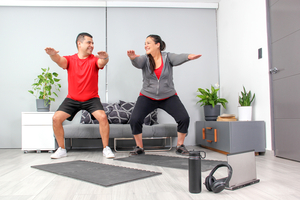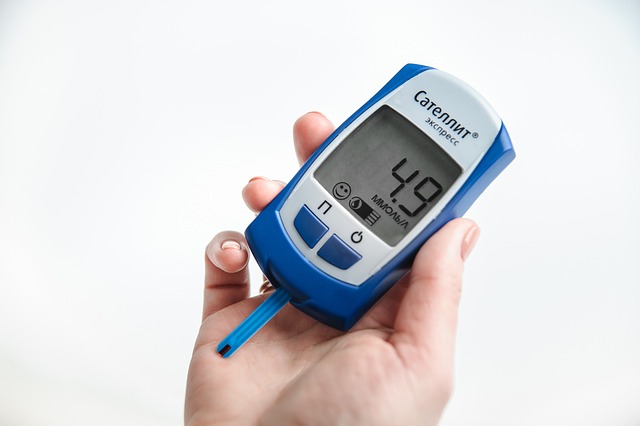Have you ever been engaged in something, feeling fine, when - wham! - you feel like something hit you? Suddenly, you may be shaky, weak, and confused. This can be a sign of low blood sugar, or hypoglycemia, and it can happen even after eating.
What Is Low Blood Sugar?
Low blood sugar is a level of sugar, or glucose, in the blood that is lower than normal. According to the American Diabetes Association, the cut-off value for Level 1 hypoglycemia, or moderately low blood sugar, is 70 mg/dl. However, you may not be regularly measuring your blood sugar if you have not been diagnosed with diabetes. Instead, you might suspect that you have hypoglycemia because of its symptoms. The fatigue, fuzzy thinking, and need to sit down are the result of your body being deprived of its main fuel source: glucose.
Sources of Blood Sugar
You need to maintain a certain level of glucose, or sugar, in your blood to use for energy. The Harvard School of Public Health explains that the body gets glucose from the foods you eat, especially those high in carbohydrates (sugars and starches). When you have not eaten for a while, your liver can release some glucose to maintain blood glucose levels and energy.
Rebound Hypoglycemia After Eating
If sugar comes from the food you eat, why would blood sugar be low after eating? It may be due to a phenomenon called reactive hypoglycemia. This refers to low levels of blood glucose that "react" to high levels. According to Mayo Clinic, it can occur within 4 hours of eating a meal.
Say breakfast includes pancakes, syrup, and fruit juice. The meal is full of carbs: starch in the pancakes, added sugar in the syrup, and natural sugar in the fruit juice. Those carbohydrates get absorbed fast.
Blood sugar can skyrocket, especially in people who have prediabetes or diabetes. You may feel a sugar high, or burst of energy, within minutes to an hour of eating. Then...the crash. "The higher they fly, the harder they fall," is spot-on for blood sugar. If it went up, up, up, it will go down, down down, possibly below normal levels and into the range of "hypoglycemia."
Who Gets Low Blood Sugar?
Low blood sugar can happen in people with prediabetes or diabetes, according to Mayo Clinic. If you are on insulin, it can happen if you take more insulin than you need, skip a meal, or eat fewer carbohydrates than usual without adjusting insulin. If you are not on insulin, or have diabetes but do not know it, low blood sugar can also happen if you skip a meal. It can also happen if you exercise more than usual.
Low blood sugar is also more likely after eating meals that are high in starches and sugars because these are types of carbohydrates that raise blood sugar levels quickly. The effect is greater if the meal is low in protein, fat, and fiber, since those nutrients slow digestion and prevent blood sugar from swinging so wildly.
How to Prevent Low Blood Sugar
Small changes to your diet and physical activity habits can help prevent blood sugar spikes and decreases.
- Take smaller portions of high-carb foods, such as bread, pasta, potatoes, desserts, soft drinks and other sugar-sweetened beverages, and rice.
- Include a source of protein, fat, and/or dietary fiber when you eat carbohydrates.
- Choose less-processed versions of foods, such as whole fruit instead of juice, whole grains instead of refined, and pasta al dente instead of very well-cooked pasta.
- Instead of exercising on an empty stomach, have a small snack an hour or two before you start, or a larger snack or small meal three hours before.
- Have a snack or your next scheduled meal as soon as possible after exercising.
These changes can help prevent blood sugar swings.
Know Your Prediabetes Risk
If you think you may have low blood sugar sometimes, it may be time to speak to your healthcare provider and to take the Prediabetes Risk Test. If you are at risk for diabetes, Lark Diabetes Prevention Program can help lower that risk by coaching you on simple lifestyle changes.











.webp)








